Bone densitometry
What does it consist of?
Bone densitometry is a simple and painless examination that is used for the prevention, diagnosis and control of osteoporosis, a pathology characterized by a decrease in bone density due to the loss of normal bone tissue. This causes the bones to become more fragile and less resistant to trauma and loads, with the consequent risk of suffering bone fractures.
Cases in which it is recommended
To whom?
This test is especially recommended for:
- People who have a very low body weight.
- People who have suffered one or more fractures after the age of 50.
- Patients with a family history of osteoporosis.
- Women in the postmenopausal phase.
- People, particularly children, with intestinal absorption problems that influence growth
The ideal time to perform a first bone densitometry would be around 50 years of age and it is recommended to repeat it after 18 months.

Instructions
How do you have to prepare?
To carry out a densitometry, our medical staff will accommodate you on a stretcher and then an articulated arm will move above you to capture images of the three main body areas to be studied: neck of the femur, lumbar spine and forearm. It is a completely painless and short-term test, approximately one minute in each region to be studied. It emits very low doses of radiation, 20 times less than that of a chest X-ray, so it does not represent any health risk.

Our professionals
A team of professionals who take care of you



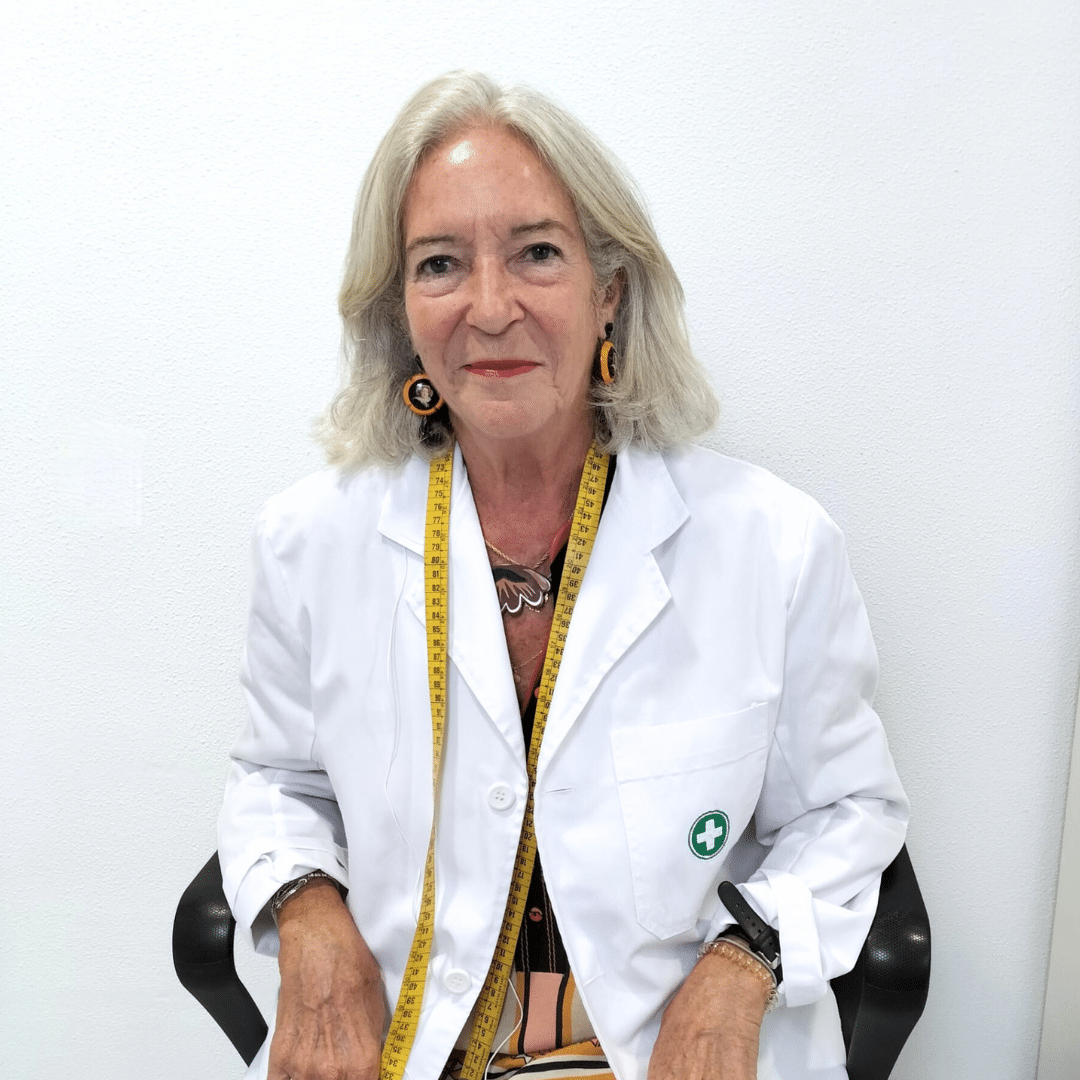


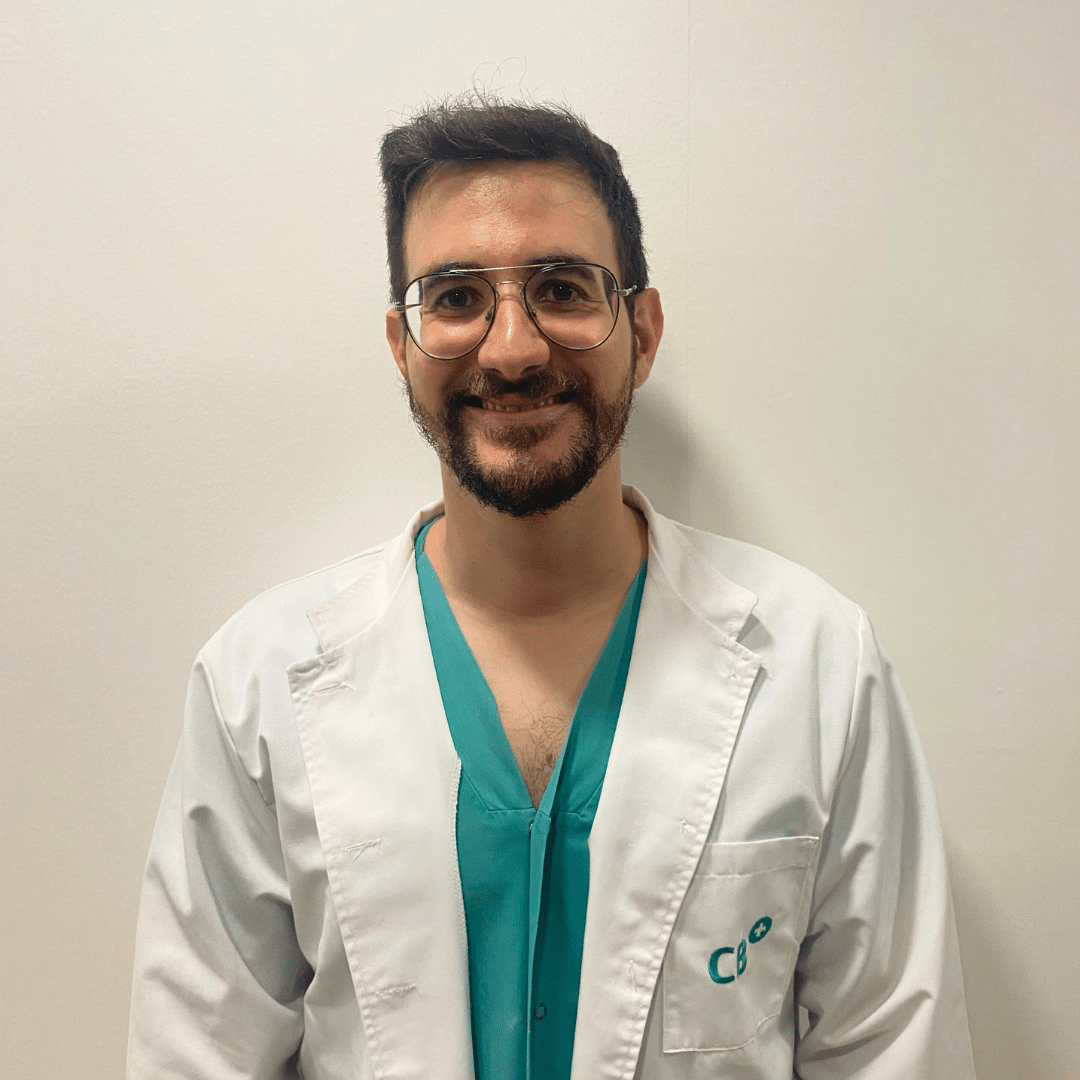
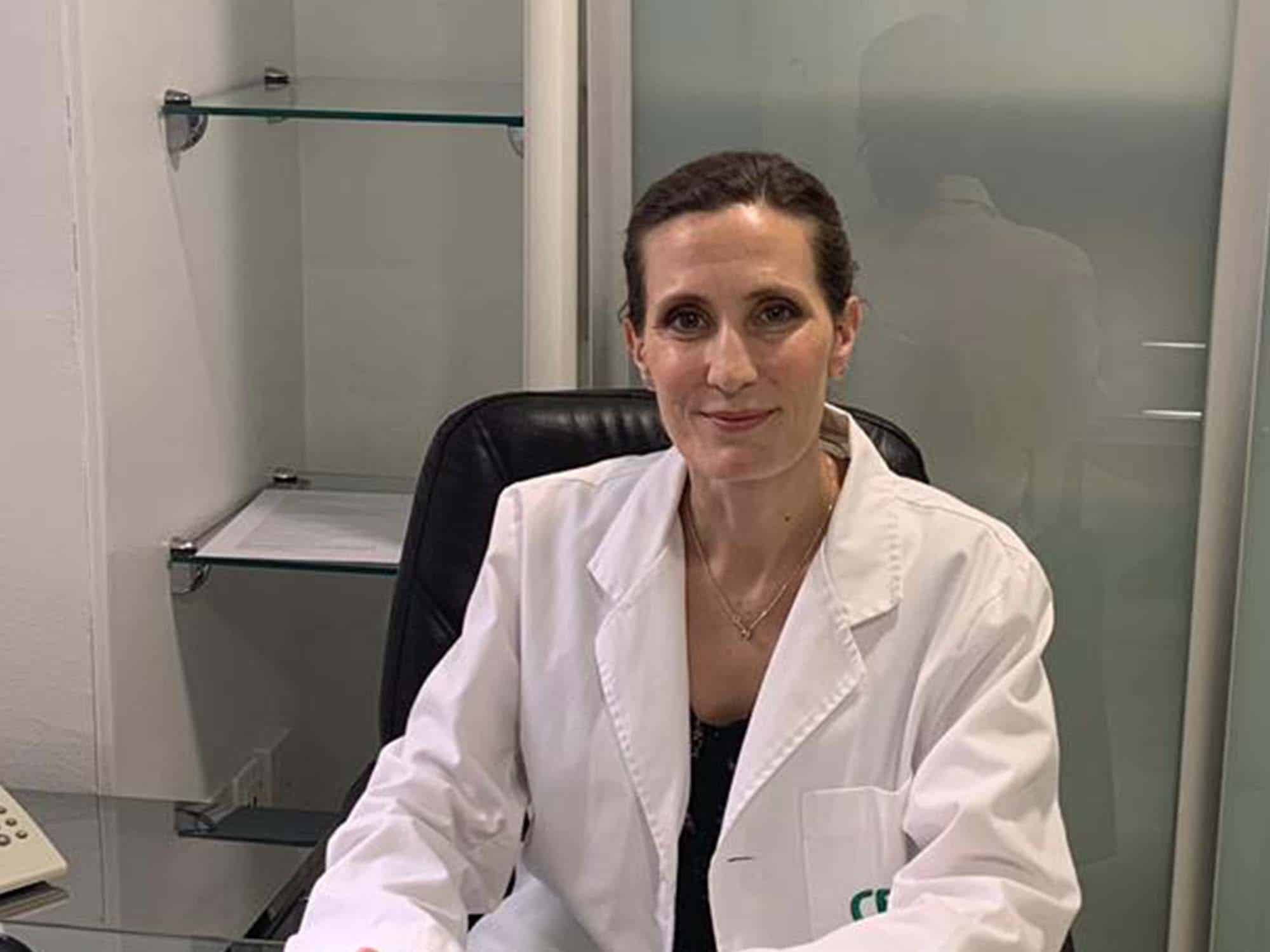





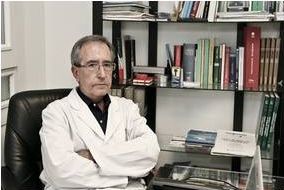


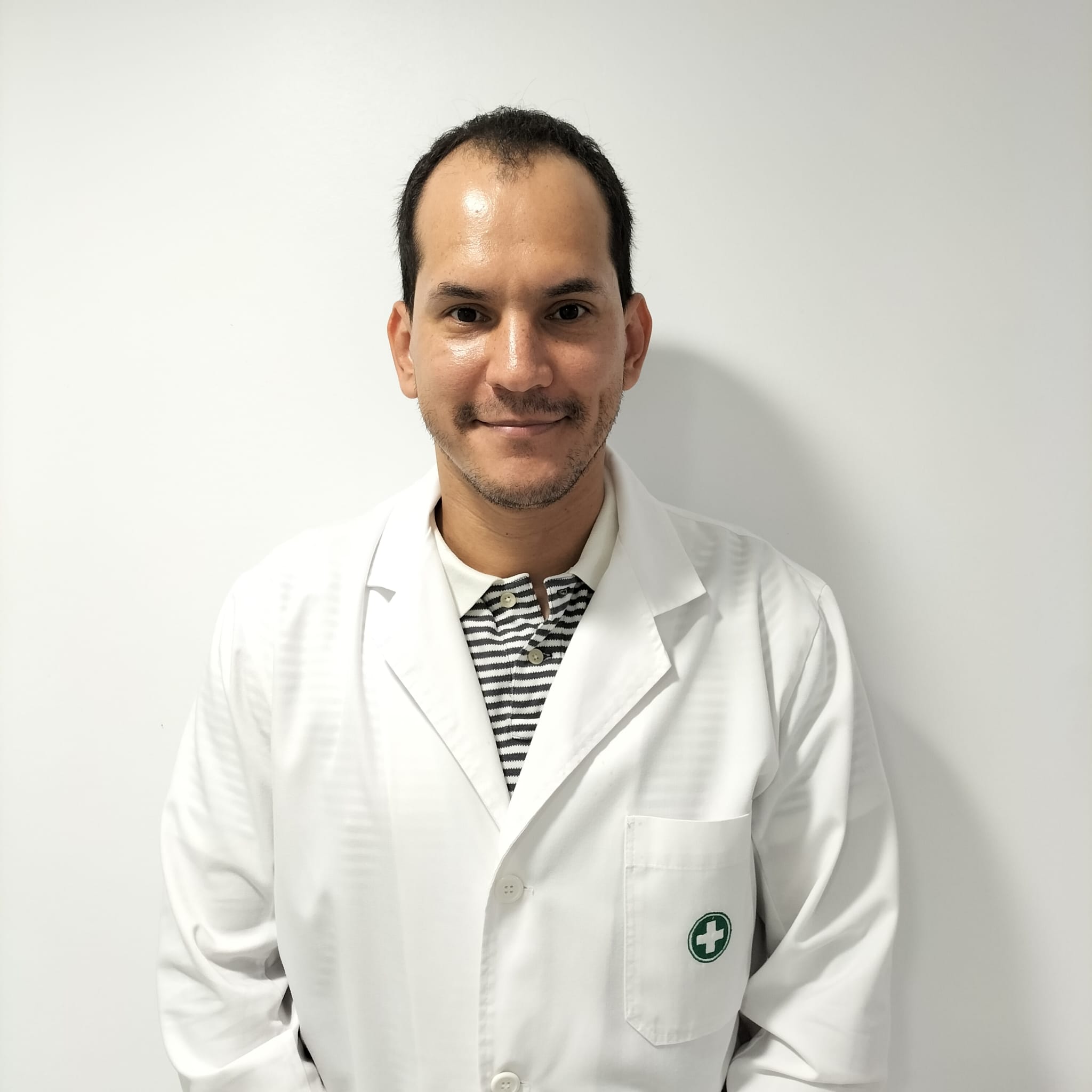




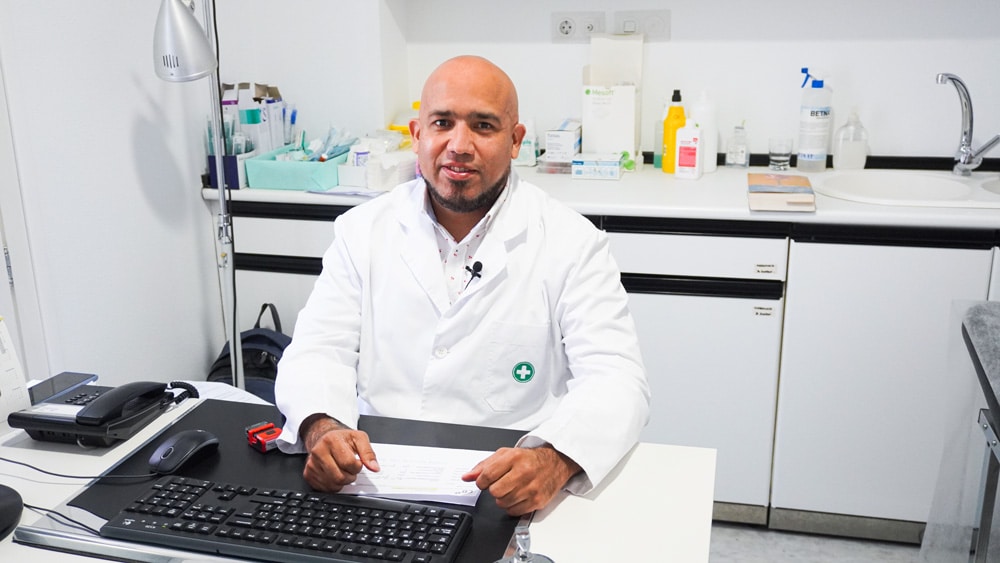

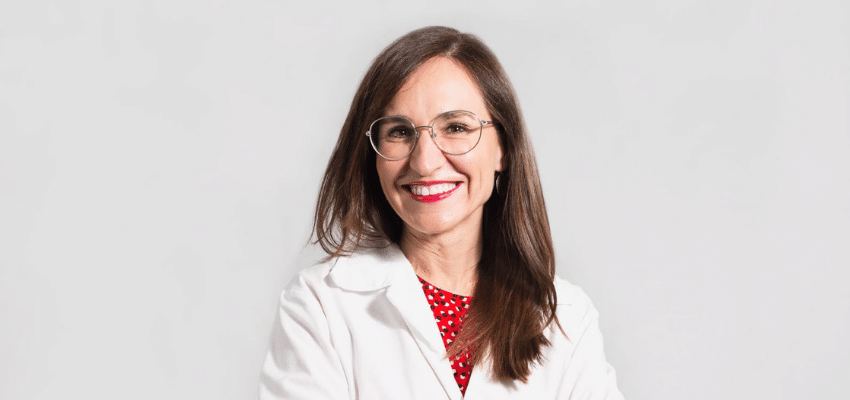
The expert's opinion
Paracelso Sagasta's blog
You will find from the hand of our professionals advice to improve your health and information on the latest technologies applied in the medical health sector.
 Health and advice
Health and advice
Make 2025 your healthiest year: a guide to positive habits
 Health and advice
Health and advice
10 Tips for a healthy Christmas
 Health and advice
Health and advice